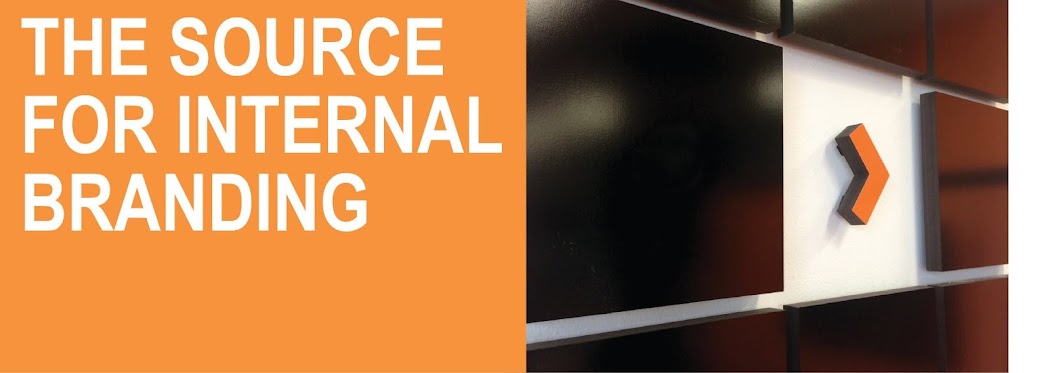Using "gamification" for internal communications and employee engagement increasingly is one way to do this.
The problem, of course, is that the typical white-collar or service employee is being bombarded - voluntarily and involuntarily - by a fusillade of information. These days, that causes a pervasive lack of focus, as Joe Fisher has put it in a recent piece on CMSwire.com.
Much of this information comes from companies in the forms of e-mails, social-media postings and other missives meant to keep employees productive, efficient and for the most part happily engaged in their work. But most of the input simply serves as a distraction from those goals. According to estimates from the New York Times, the average American worker:
- Consumes 34 gigabytes of information
- Reads 100,000 words in a single day
Into this kaleidoscope of communications comes the possibility of using gamification to more fully engage employees which gets their focus. It's something that can effectively cut through all of the other digital clutter - and in doing so, will help companies actually advance their employee-engagement goals.
"Gamification helps businesses engage with customers and motivate employees," Fisher writes, and we agree that it holds such possibilities. "By applying the same principles that inspire people to play games to websites and other online experiences, businesses can dramatically increase the size of their audiences, boost customer engagement, drive deeper employee motivation and increase revenues."
Fisher lists, as a case in point, Bluewolf, a consulting firm, "where employees can earn points by posting new topics for discussion or responding to the posts of others, and generating thoughtful dialogues that keep the cmopany's programs and perspectives fresh and innovative."
If some of this sounds like an amateurish way to run a serious company, we understand that concern. But the challenge in making tasks more interesting and engaging for employees only continues to grow as the rest of the world uses some of these same tactics, so you can make gamification work powerfully for you.

No comments:
Post a Comment